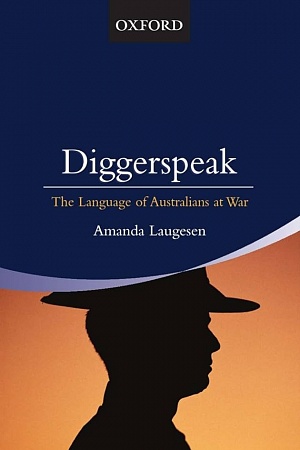Green’s Dictionary of Slang
Chambers, $580 hb, 3 volumes, 6,085 pp
Green’s Dictionary of Slang by Jonathon Green
Dictionaries of slang have a history as long as that of dictionaries of Standard English, and both kinds of dictionary arose from a similarity of needs. The need for a guide to ‘hard’ words generated the earliest standard dictionaries; the need for a guide to the language of ‘hard cases’ (beggars, thieves, and criminals generally) generated the earliest slang dictionaries. Samuel Johnson produced his Dictionary of the English Language in 1755. In 1785 Francis Grose published A Classical Dictionary of the Vulgar Tongue, a work that includes an array of slang words that would never find a home in Johnson’s lexicographic world. Similarly, when the Oxford English Dictionary project was producing its first fascicles at the end of the nineteenth century, an alternative view of what constitutes the lexicon of English was presented in A. Barrère and C.G. Leland’s A Dictionary of Slang, Jargon and Cant (two volumes, 1889–90) and in J.S. Farmer and W.E. Henley’s Slang and Its Analogues (seven volumes, 1890–1904).
Continue reading for only $10 per month. Subscribe and gain full access to Australian Book Review. Already a subscriber? Sign in. If you need assistance, feel free to contact us.











Leave a comment
If you are an ABR subscriber, you will need to sign in to post a comment.
If you have forgotten your sign in details, or if you receive an error message when trying to submit your comment, please email your comment (and the name of the article to which it relates) to ABR Comments. We will review your comment and, subject to approval, we will post it under your name.
Please note that all comments must be approved by ABR and comply with our Terms & Conditions.